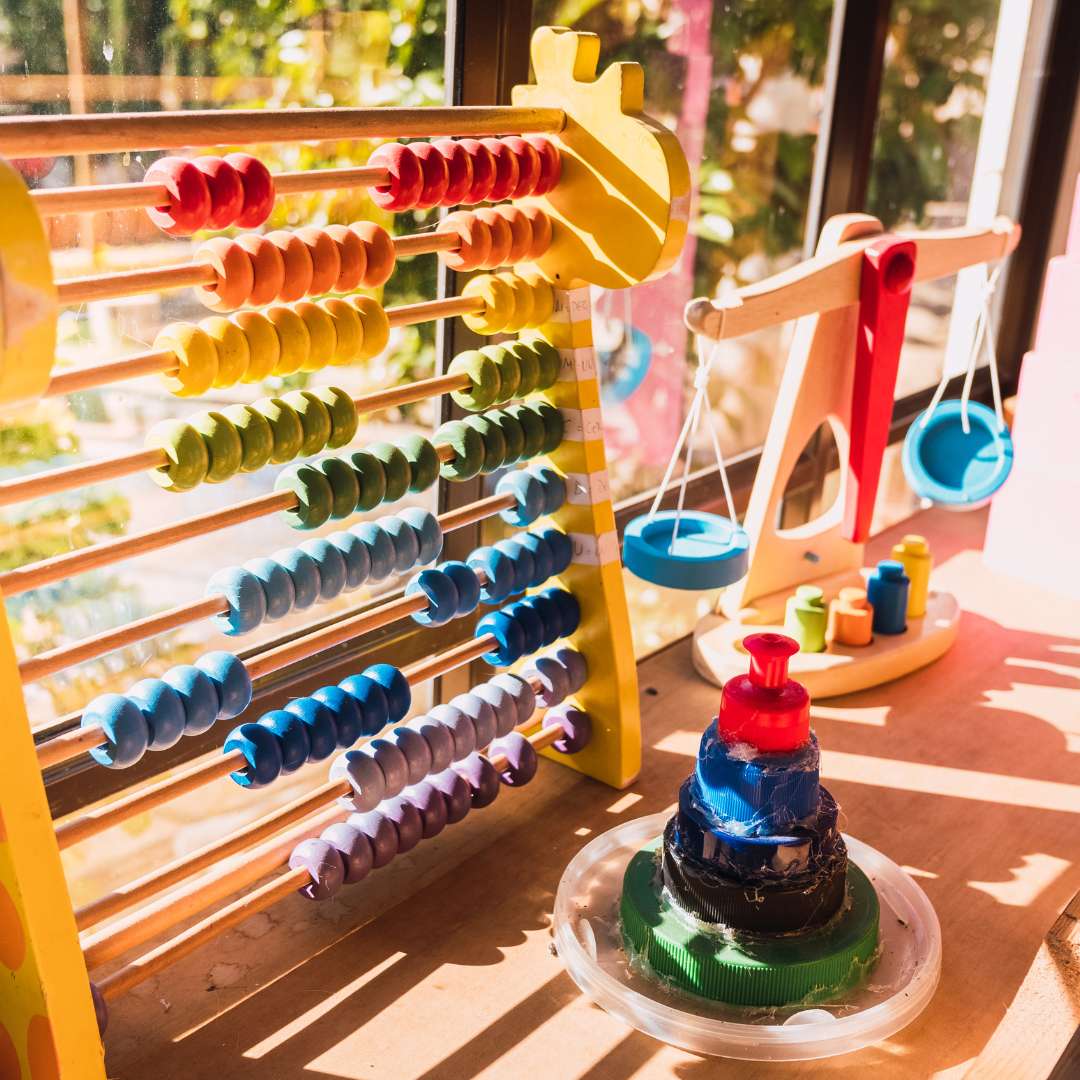Teaching the ABC’s: One Step at a Time
Teaching a child with severe autism to write the alphabet is a journey filled with both challenges and hope. In this video, Danielle sits with Isabella, using hand-over-hand support to help form each letter of the alphabet. Throughout the session, she gently encourages Isabella to attend and watch each movement. Sometimes, Isabella becomes distracted or engages in sensory self-stimulation (“stimming”).
The Power of Hand-Over-Hand Support
Hand-over-hand guidance is a foundational teaching strategy for children with significant sensory and motor challenges. By physically guiding Isabella’s hand, Danielle ensures that the motion and sequence of forming each letter are experienced directly. Observers might wonder whether the child is truly “paying attention.” However, Danielle’s persistent positivity and belief in her daughter’s potential shine through. She says, “I don’t buy it. It’s going in.”
Navigating Attention and Sensory Needs
Sensory distractions are common for autistic children—Isabella at times looks away or stims with her eyelids. Instead of viewing these moments as setbacks, Danielle adapts by redirecting Isabella’s focus and praising progress. Educators and parents can take note: gentle redirection combined with patience helps build an encouraging classroom or home environment.
Small Victories and Positive Reinforcement
As the lesson progresses, Danielle celebrates each letter completed, even when the process is imperfect. Positive reinforcement in the form of praise (“Yay, Buna! No, no, not all done.”) helps boost morale and encourages persistence, vital for children who require extra time to master academic skills.
Strategies for Teaching Letters to Autistic Children
Here are practical tips inspired by research and the video experience:
- Use multisensory techniques (e.g., hand-over-hand, tactile letters, visual aids).
- Keep sessions short and frequent to reduce overwhelm and maintain engagement.
- Reinforce progress with verbal praise, stickers, or small rewards.
- Adapt methods to match the child’s interests and comfort level.
- Continue working even when attention lapses—learning often builds quietly over time.
- Integrate movement, music, or games for variety and motivation.
Frequently Asked Questions
How can I teach the alphabet to a severely autistic child?
Start with engaging, multisensory activities like singing, matching letter cards, and hand-over-hand prompts. Use short, frequent sessions and positive reinforcement to keep the child motivated and minimize stress[2][5][21].
Is hand-over-hand guidance effective for children with severe autism?
Hand-over-hand can help build motor memory but should be faded over time so the child learns independence. Always pair physical guidance with verbal prompts and encourage attentive participation[18][10][21].
What should I do if my child gets distracted or stims during writing?
Gently redirect attention, break tasks into smaller steps, and use incentives like praise and rewards. Understand sensory needs and try to adapt activities to the child’s comfort and interests[5][2].
Are there alternatives to hand-over-hand teaching?
Visual aids, modeling, assistive technology, and structured routines are effective alternatives to hand-over-hand prompting. Building fine motor skills and providing clear, direct instructions can be helpful[13][10].
What positive reinforcement strategies work best?
Verbal praise, stickers, token systems, and short play breaks after lessons can keep children motivated. Always celebrate progress, no matter how small, to foster persistence and confidence[2][5][21].
Conclusion: Believing in Possibility
The video documents a lesson that many families can relate to. While progress may seem slow, every attempt, every repetition, and every word of encouragement lays a foundation for future learning. Danielle’s belief—“It’s going in”—echoes a truth for parents and educators teaching severely autistic children. With patience and creativity, growth does happen. It may not be immediately visible.
This post brings the video’s message to life, blending expert-backed strategies and the heartfelt moments captured between Danielle and Isabella. For further reading, explore tips from autism educators or share your journey in the comments section below



0:00
@jpepling Dad with autistic son – Just wanted to say thank you so very much for taking the time to create and share these videos.
u are acting patheticly gay and i think this is stupid i am totally against autistic children
awesome job!!!!!
@jpepling yeah because i have aspergers syndrome and i dont have trouble with numbers or words. but i ay just becase i have aspergers , doesent mean i cant have a different personallity to the other who do :), can you plaes tell me the difference between high functioning autism and aspergers syndrome pleas? thatnks.
@jazzysoulful Thank you for your kind words. My son still has occupational therapy and we just keep plugging along. We use those pencil holder and try using a shorter pencil. we cut his pencils in half. We also go through how to hold the pencil before he writes each time. Writing without tears is a great program if you have not found it yet.
@1999151 Autism has many different gradiants and each Autistic Child is different.
Have you tried or heard of our video modeling program using visual demonstrations and rhythmic chants? It is absolutely amazing. Developed by an OT and the mother of a child with Autism. If your son likes TV, take a look at our demo and see if you think this program would work for him: thetvteacher. Keep up the good work, Mom!!!!
Great job Mom! Sorry, that some people just don’t get it! Keep posting!
you’re a great mom! And your son is so sweet!^^
Your a wonderful mother!!! and it looks like your getting your daily exercise!!!
You are a great mum, that kid is incredibly lucky to have you. Illnesses such as autism are usually negatively perceived, and I may not autistic myself but I’m human. I give him my best of wishes
You are a wonderful mother!!!
hey, that’s a good idea!!
i’m gonna go out and get those white boards.
i understand.. i have tourette syndrome, and i know that’s not the same, but i do see what you mean.
jamie-grace
(my TS videos are on the account "teensWts"
thanks, we have good days and bad days.
there’s a very big smile on my face right now, your patience is great, and technique! i hope you all are doing well 🙂
jamie-grace
aww you’re such a good mommy!
he uses the mouse really well. I am still working on him learning the letters. I might have to come up with something for him to use the keyboard though.
by the way – has he had a go at a keyboard? I know my own son has always found the strain of producing neat handwriting means he is much less articulate with a pen or pencil than he is at the computer…
way to go!
(Mom might need some TLC though…)